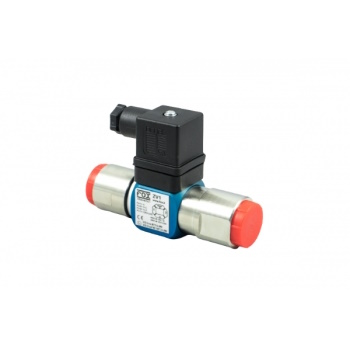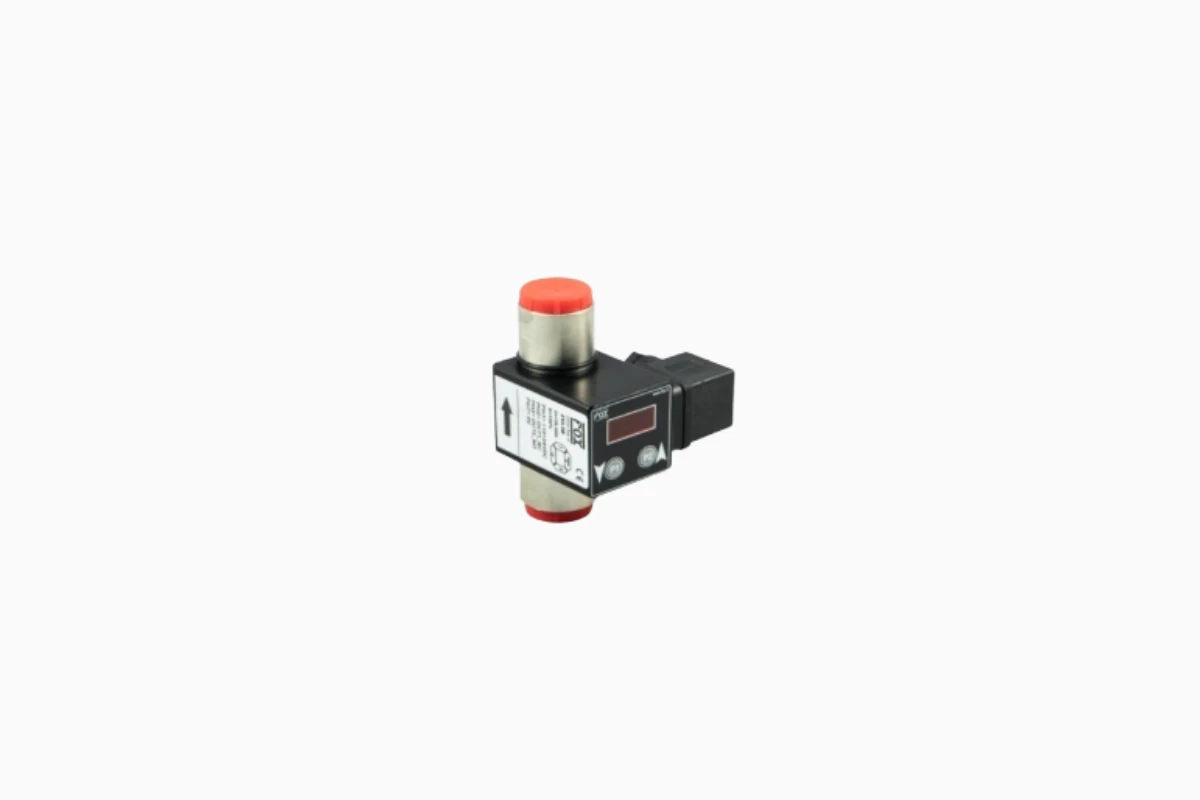After a period of summer inactivity, it is essential to check the condition of the hydraulic system before resuming normal operations. Even short shutdowns can cause impurity buildup, particle sedimentation, or minor malfunctions that may compromise the safety and efficiency of the machinery.
The first step involves a thorough visual inspection of pipes, fittings, valves, and tanks. Checking for leaks, signs of corrosion, or deformations helps prevent more serious failures during operation. Next, it is advisable to check the levels and condition of the hydraulic fluid: dirty, oxidized, or contaminated oil can reduce the components’ lifespan and affect the performance of the hydraulic system.
The third check concerns the proper functioning of pumps and motors. It is useful to perform a gradual start-up while monitoring pressure and flow to detect any anomalies without stressing the system. At this stage, precision instruments such as pressure gauges, flow meters, and pressure indicators become essential. LubeTeam Hydraulic provides a complete range of Measuring and control instruments to ensure reliable and accurate readings.

Additional checks and malfunction prevention
In addition to the main checks, it is advisable to carry out some preventive inspections before the complete restart. These include:
- Filter and filtration inspection: clogged or saturated filters reduce flow and increase component wear. Cleaning or replacing the filters ensures smooth operation and system protection.
- Safety valve testing: making sure that pressure and relief valves work properly helps avoid overloads and circuit damage.
- Electrical connection check: if the system includes electric motors or sensors, inspect connections, terminals, and wiring to prevent short circuits or malfunctions.
- Monitoring temperature and cooling systems: during downtime, fans or heat exchangers may accumulate dust or debris, reducing efficiency. Cleaning and testing before restarting is crucial.
- General check of auxiliary systems: accumulators, tanks, auxiliary pumps, and secondary circuits should be inspected to ensure operational continuity and safety.
Following this checklist not only ensures a smooth restart but also reduces the risk of unexpected shutdowns during the first days of post-holiday operations.
Benefits of a controlled restart of the hydraulic system
- Prevention of costly failures and malfunctions.
- Increased safety for operators and machinery.
- Improved efficiency and operational continuity.
- Protection of components and extension of the system’s lifespan.
- Accurate readings thanks to measuring and control instruments.

